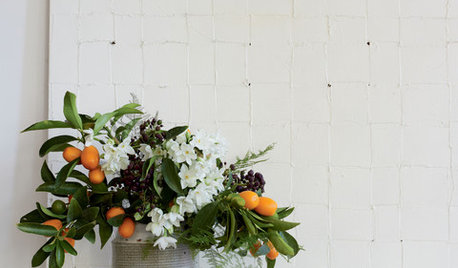Bonide Fruit Tree Spray
Randy31513
12 years ago
Featured Answer
Comments (12)
ltilton
12 years agoRandy31513
12 years agoRelated Professionals
Essex Landscape Architects & Landscape Designers · Forest Acres Landscape Architects & Landscape Designers · Owings Mills Landscape Architects & Landscape Designers · Sahuarita Landscape Architects & Landscape Designers · Pottstown Landscape Contractors · Biloxi Landscape Contractors · Brunswick Landscape Contractors · Gaithersburg Landscape Contractors · Kaneohe Landscape Contractors · Mastic Beach Landscape Contractors · Pleasant Hill Landscape Contractors · San Bruno Landscape Contractors · Southbury Landscape Contractors · Whittier Landscape Contractors · Ferguson Landscape Contractorsltilton
12 years agoglenn_russell
12 years agoalan haigh
12 years agoRandy31513
12 years agocalistoga_al ca 15 usda 9
12 years agoalan haigh
12 years agoolpea
12 years agoalan haigh
12 years agoRandy31513
12 years ago
Related Stories

EDIBLE GARDENSHow to Grow 10 Favorite Fruit Trees at Home
Plant a mini orchard in fall, winter or early spring to enjoy fresh-off-the-tree fruit the following year
Full Story
EDIBLE GARDENSGrow Plum Hybrids for Your Favorite Fruit Flavors
Plums are cozying up with apricots, peaches and even cherries — here’s how to grow these hybrids for the best aspects of each
Full Story
MOST POPULARHow to Get Rid of Those Pesky Summer Fruit Flies
Learn what fruit flies are, how to prevent them and how to get rid of them in your home
Full Story
GARDENING GUIDESGreat Design Plant: Grow Blueberries for Their Fruit and More
Eastern gardeners should consider growing blueberry plants for their delicious fruits, bee-friendly spring blooms and brilliant fall foliage
Full Story
DECORATING GUIDESPut Your Best Fruit Forward in Splendid Fall Arrangements
Luscious, colorful and unbeatably fresh, fruit-centered arrangements bring welcome flavor to fall home decor
Full Story
ENTERTAININGEye-Catching Centerpieces Beyond Flowers and Fruit
Use your imagination to create a tableau that reflects your surroundings, creates dramatic tension or elicits surprise
Full Story
EDIBLE GARDENSHow to Add an Apple Tree to Your Edible Garden
Readily available, beautiful and fragrant, apple trees offer four-season interest along with crisp, juicy fruit
Full Story
GARDENING GUIDESHow to Keep Your Citrus Trees Well Fed and Healthy
Ripe for some citrus fertilizer know-how? This mini guide will help your lemon, orange and grapefruit trees flourish
Full Story
EDIBLE GARDENSHow to Grow Your Own Peaches and Nectarines
Make gardening a little sweeter with these juicy fruits, which you can eat after plucking or preserve for later
Full Story
EDIBLE GARDENSHow to Grow Your Own Luscious Cherries
Nope, they’re not the easiest fruit to grow. But with spectacular blossoms and pies as possibilities, cherries are sure worth a try
Full StoryMore Discussions






Randy31513Original Author